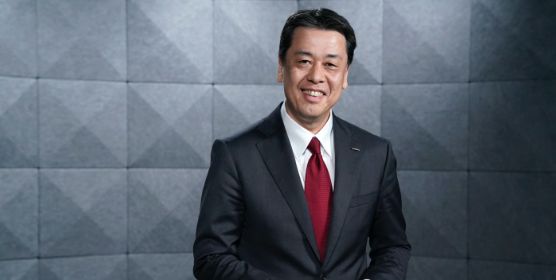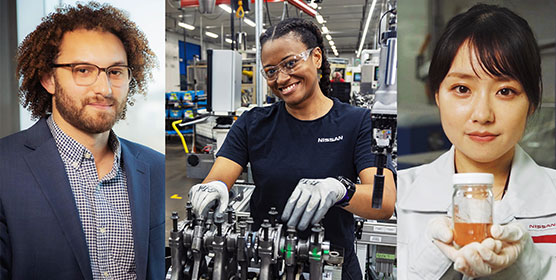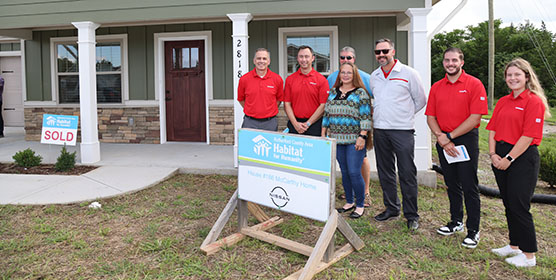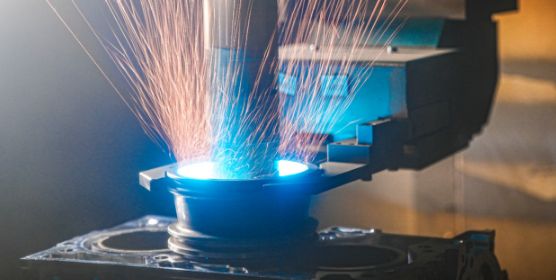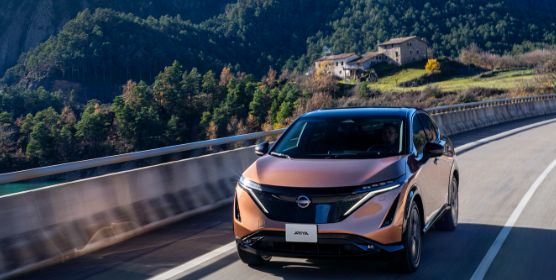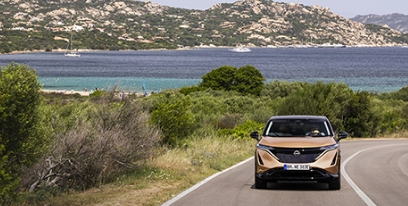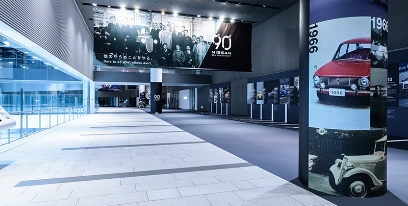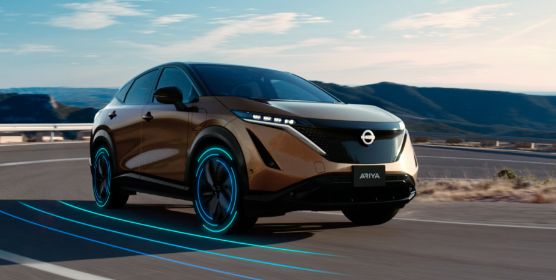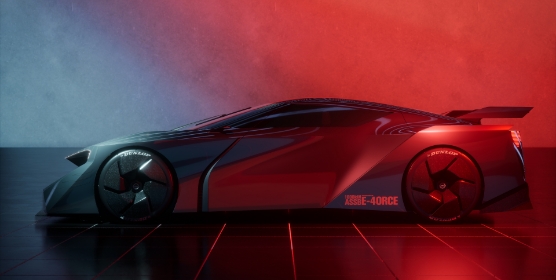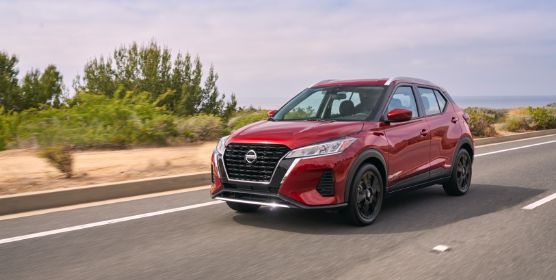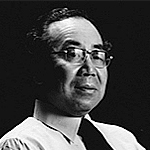
Shinichiro Sakurai
He made his dream come true and was involved in the development of the first Skyline and then made the head of the development team for the third generation of this iconic model,which is nicknamed “Hako-Ska” (the Boxy Skyline). He remained at the helm throughout each succeeding model overhaul, overseeing all aspects of the development of the third generation, the fourth generation, known as Ken and Mary’s Skyline, the fifth generation (Japan), the sixth generation (Newman Skyline), and the seventh generation (7th). He fell ill during the final stages of the development of the seventh-generation model and had to call on Naganori Ito to replace him. By then, Sakurai had indelibly stamped his imprint on the company and established himself as one of the towering figures in the history of Nissan. His stature in the industry was acknowledged when he was named the first president of Autech Japan and with his induction into the Japan Automobile Hall of Fame in 2005. He died at the age of 81 on 17 January 2011.
Mediocre work was unacceptable
Story
teller:
Naganori
Itou
Naganori
Ito
was
named
by
Shin’ichiro
Sakurai
to
be
his
successor
during
the
final
stages
of
the
development
of
the
seventh-generation
Skyline.
Ito
joined
the
company
in
1959
and
was
assigned
to
the
suspension
group
in
Design
Section
4,
which
was
in
charge
of
chassis
design.
Chassis
design
was
unfamiliar
territory
for
Ito,
who
had
studied
combustion
at
university
and
wanted
to
work
on
engine
design.
When
he
started
to
work
in
his
newly
assigned
field,
his
boss
was
Shin’ichiro
Sakurai.
I joined the company in 1959. What was my first impression of Mr. Sakurai? He had a confident, cock-of-the-walk attitude (laughter). He radiated an exceptional aura that would make people detour around him and he looked older and more dignified than his direct superior. But I didn’t really think about him at the time.
Rookies were not given jobs right away. I remember sitting at my desk feeling bored and puffing on a cigarette when I first started at the company. Then Mr. Sakurai came in and yelled at me, ‘Freshmen should not even think about smoking during work hours.’ That was my first real contact with Shin’ichiro Sakurai. I thought I’d been assigned to a very unpleasant workplace (laughter).
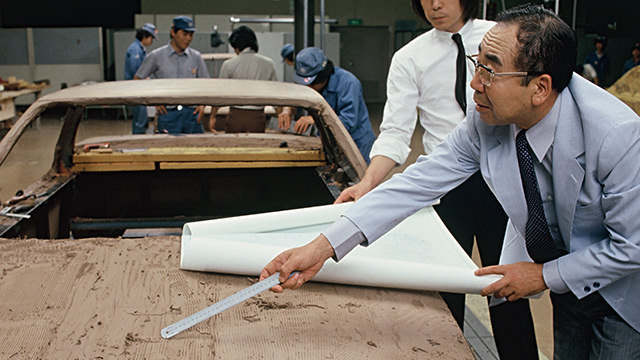
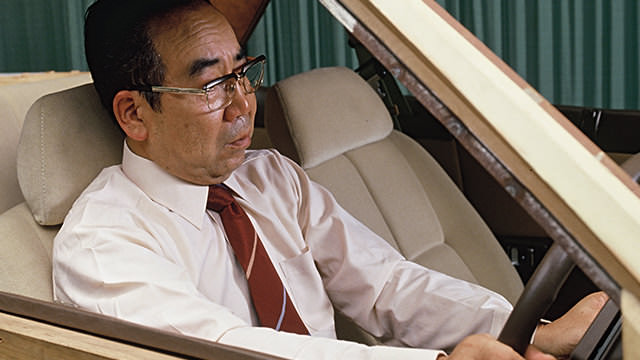
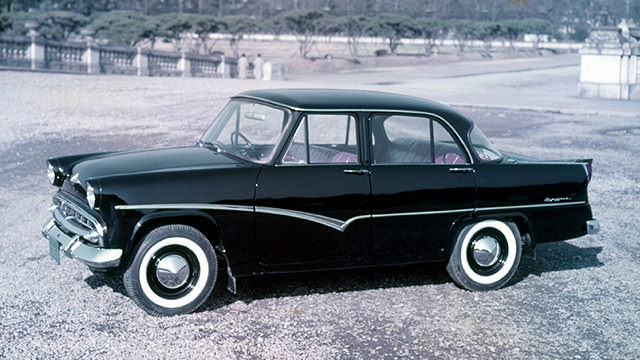
The first Skyline (ALSI-S1). One of the suspension engineers was Mr. Sakurai at this time (1957-1963).

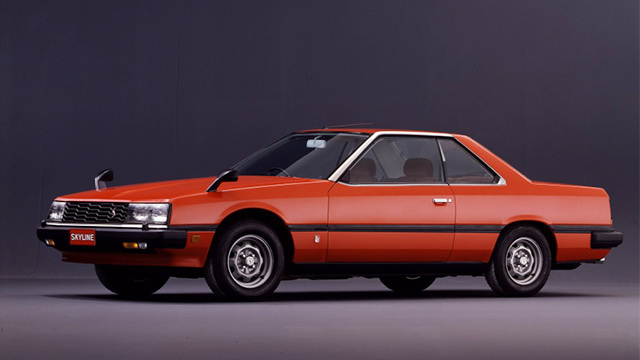
- * ATTESA E-TS stands for Advanced Total Traction Engineering System for All Electronic-Torque Split, an electronically controlled torque split four-wheel-drive system developed by Nissan Motor.
- ** HICAS stands for High Capacity Actively Controlled Suspension, an electronically controlled four-wheel-steering system (4WS) developed by Nissan Motor.
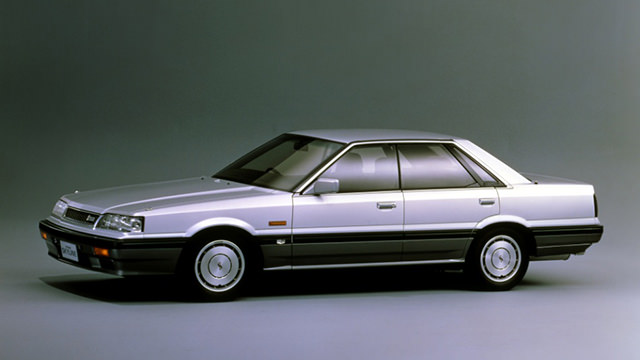
If
I
was
going
to
take
the
job,
I
wanted
to
make
sure
that
the
car
remained
entirely
true
to
the
Skyline
name
and
fully
retained
its
historic
personality.
But
that
was
when
front-engine,
front-wheel-drive
cars
were
the
becoming
the
dominant
trend
and
it
was
difficult
to
stick
to
a
front-engine,
rear-wheel-drive
configuration.
To
make
it
all
the
more
difficult,
the
Skyline
was
a
product
that
generated
extremely
high
expectations
on
the
part
of
customers.
It
was
taken
for
granted
that
the
new
version
of
the
car
would
be
an
excellent
product.
Once
I
took
over
and
had
to
make
all
the
final
decisions
regarding
the
car,
I
came
to
fully
appreciate
all
of
the
difficulties
that
Mr.
Sakurai
had
had
to
cope
with
over
the
years.
The
fact
that
the
Skyline
is
such
an
iconic
model
and
generates
such
high
expectations
among
our
customers
is
down
entirely
to
Mr.
Sakurai.
It
was
his
achievement.
He
was
a
great
engineer
who
nurtured
a
number
of
engineers
through
the
various
Skyline
development
projects
and
contributed
greatly
to
the
development
of
automotive
technologies
in
Japan.
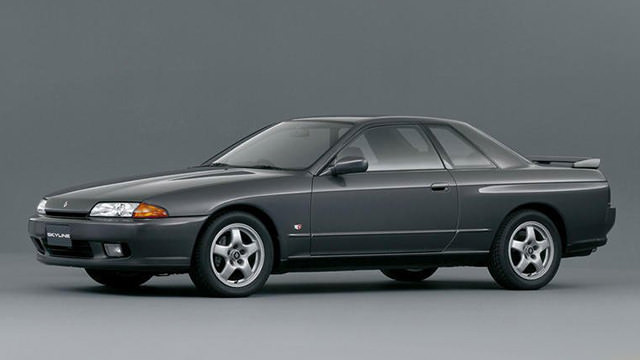
「R32」
8th
Skyline.
The
first
model
that
full
power
was
entrusted
Mr.
Ito
from
Mr.
Sakurai,
and
was
developed
from
the
beginning.
It
was
the
revival
of
“GT-R”
after
a
long
absence.
Story
teller
:
Kyoichi
Yamaguchi
(Automobile
Journalist)
‘The
first
time
I
really
talked
to
Mr.
Sakurai
was
when
Nissan
unveiled
the
R380
at
the
Fuji
Speedway,’
says
Kyoichi
Yamaguchi,
a
pioneering
automotive
journalist
who
knew
Shin’ichiro
Sakurai
from
fairly
early
in
his
career
in
the
industry
and
shared
many
a
conversation
with
him
on
a
variety
of
subjects,
including
technical
aspects
of
cars
and
car
manufacturing.
He
gives
us
a
look
at
Shin’ichiro
Sakurai
as
seen
from
a
journalist’s
perspective.
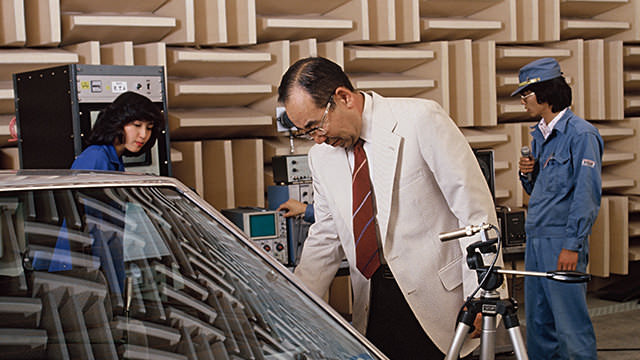
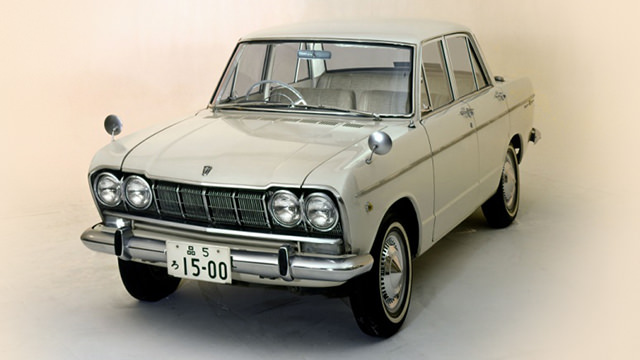
2nd
Skyline.
Mr.
Sakurai
acts
as
the
chief
of
development
team
for
the
machine
aiming
at
championship
of
Japan
Grand
Prix.
“2000GT”
equipped
with
six
cylinders
engine
was
called
later
as
“A
wolf
covered
with
the
skin
of
sheep”.
I once had an opportunity to conduct a long interview with him and he talked to me in detail about his childhood and his experiences in all the years since then, up to the time of our conversation. He was a sickly child and to help make him feel better, his parents got him various different animals, including the likes of goats as well as dogs and cats, to keep him company and he became quite attached to them. During the time he spent playing with these animals as a child, he developed his interest in ‘things that move’ and in time that interest extended to automobiles, which of course are things that move that are made by people. His father was a well-known scholar specialising in Chinese classics and he wanted his son to follow him into the same profession. But Mr. Sakurai had already made up his mind to go into the auto industry and he instinctively knew that the job would require a good knowledge of mathematics, so in essence that was all he studied. However, when it was time for him to start working, there were no jobs being advertised in the auto industry, so instead he went to work for Shimizu Corporation, a major construction company. After only one year at the company, he’d already been promoted to the position of section chief, but his desire to work in the auto industry was as strong as ever and in 1952 he was able to leave Shimizu and go to work for Prince Motors (now Nissan Motor).

「R380」
The
racing
car
that
Mr.
Sakurai,
who
still
worked
for
Prince
Motors,
played
a
key
role
for
development.
After
Prince
Motors
and
Nissan
jointed
management,
the
name
of
the
car
became
“Nissan
Prince
R380″.
The
first
car
was
completed
in
1965.
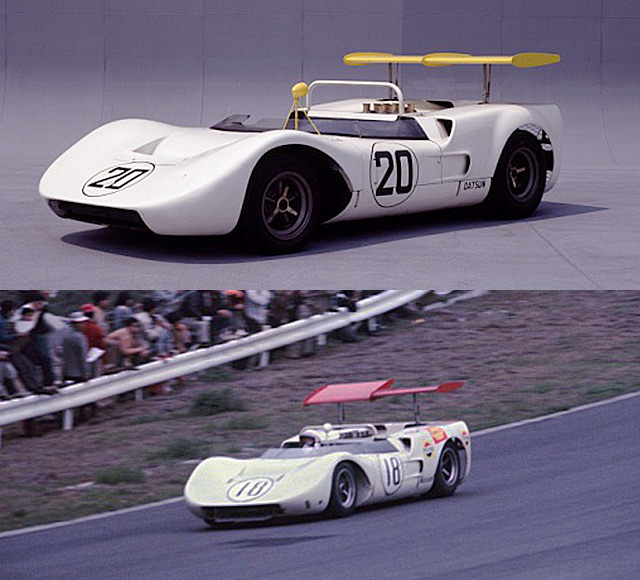
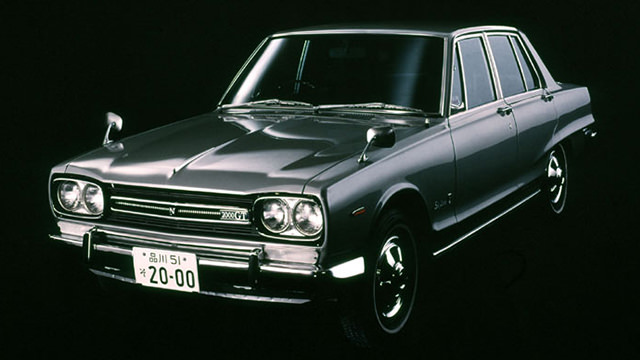
「2000GT」
3rd
Skyline,
which
is
commonly
known
as
“Hako-Ska”.
The
skyline
that
Mr.
Sakurai
was
engaged
in
as
a
chief
engineer
for
the
first
time.
It
is
the
skyline
that
came
up
just
after
Prince
Motors
merges
with
Nissan.

Profile of the writer
Naganori
Ito
Naganori
Ito
graduated
from
the
Engineering
Department
of
Hiroshima
University
in
1959
and
joined
Fuji
Precision
Machinery,
the
predecessor
of
Prince
Motors,
which
later
merged
with
Nissan
Motor.
He
worked
on
the
development
of
the
Skyline,
the
Laurel,
and
the
Leopard.
He
worked
alongside
Shin’ichiro
Sakurai
from
the
time
he
joined
the
company
and
after
winning
his
boss’s
absolute
trust,
he
became
known
as
‘the
first
apprentice
of
Shin’ichiro
Sakurai.’
When
he
replaced
Sakurai
in
leading
the
development
of
the
seventh-generation
Skyline
(the
R31),
the
project
was
already
in
the
completion
phase.
The
R32
was
actually
the
first
model
that
Ito
worked
on
as
design
chief
from
the
outset
of
the
project.
Kyoichi
Yamaguchi
Kyoichi
Yamaguchi
has
been
working
as
an
automotive
journalist
since
the
1960s.
He
has
contributed
articles
to
various
Japanese
car
magazines,
including
Car
Graphic,
and
to
a
wide
range
of
international
automotive
magazines,
including
Motor
(UK),
Road
&
Track
(US),
and
Wheels
(Australia).
Since
the
1980s
he
has
been
an
editor
covering
Asia
for
Automobile
Engineering
International,
published
by
the
Automobile
Engineering
Association,
reporting
to
the
world
on
the
latest
Japanese
automotive
technologies.
He
is
the
only
Japanese
journalist
who
is
on
a
first-name
basis
with
board
members
of
automakers
all
around
the
world.


